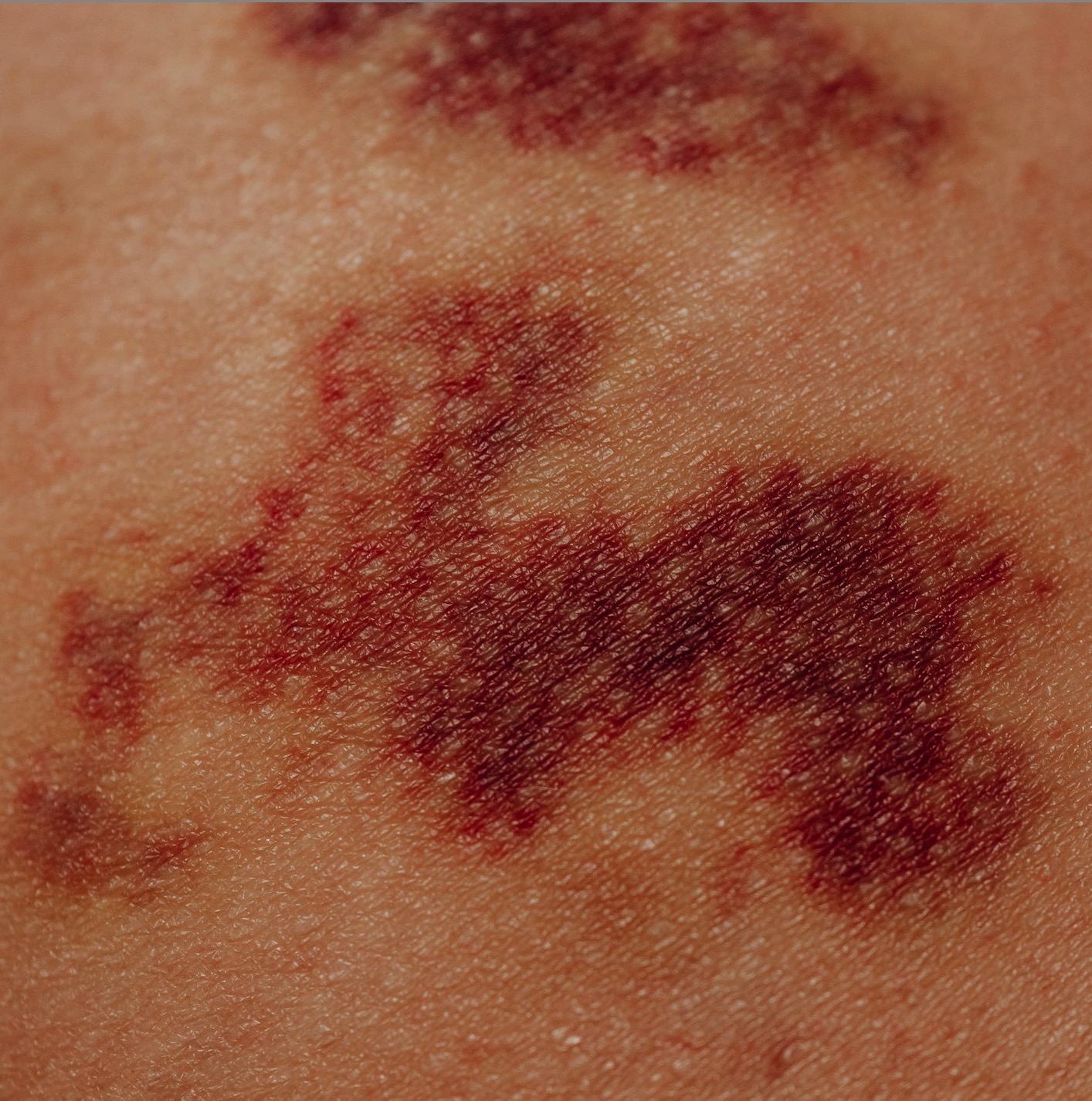Bradykinin and its role in osteoarthritis

Published: July 23 2013
Abstract Views: 3146
PDF: 1827
Publisher's note
All claims expressed in this article are solely those of the authors and do not necessarily represent those of their affiliated organizations, or those of the publisher, the editors and the reviewers. Any product that may be evaluated in this article or claim that may be made by its manufacturer is not guaranteed or endorsed by the publisher.
All claims expressed in this article are solely those of the authors and do not necessarily represent those of their affiliated organizations, or those of the publisher, the editors and the reviewers. Any product that may be evaluated in this article or claim that may be made by its manufacturer is not guaranteed or endorsed by the publisher.
Similar Articles
- S. Soldano, P. Montagna, R. Brizzolara, C. Ferrone, A. Parodio, A. Sulli, B. Seriolo, B. Villaggio, M. Cutolo, Endothelin receptor antagonists: effects on extracellular matrix synthesis in primary cultures of skin fibroblasts from systemic sclerosis patients , Reumatismo: Vol. 64 No. 5 (2012)
- M.M. Angioni, A. Denotti, S. Pinna, C. Sanna, F. Montisci, G. Dessole, A. Loi, A. Cauli, Spa therapy induces clinical improvement and protein changes in patients with chronic back pain , Reumatismo: Vol. 71 No. 3 (2019)
- S. Monti, R. Caporali, Chronic pain: the burden of disease and treatment innovations , Reumatismo: Vol. 67 No. 2 (2015)
- V. Picerno, G. Filippou, I. Bertoldi, A. Adinolfi, V. Di Sabatino, M. Galeazzi, B. Frediani, Prevalence of Baker’s cyst in patients with knee pain: an ultrasonographic study , Reumatismo: Vol. 65 No. 6 (2013)
- A. Loi, S. Lisci, A. Denotti, A. Cauli, Bone mineral density in women on long-term mud-bath therapy in a Salus per Aquam (SPA) environment , Reumatismo: Vol. 65 No. 3 (2013)
- GL. Bagnato, G. Miceli, M. Atteritano, N. Marino, GF. Bagnato, Far infrared emitting plaster in knee osteoarthritis: a single blinded, randomised clinical trial , Reumatismo: Vol. 64 No. 6 (2012)
- A. Romeo, S. Parazza, M. Boschi, T. Nava, C. Vanti, Manual therapy and therapeutic exercise in the treatment of osteoarthritis of the hip: a systematic review , Reumatismo: Vol. 65 No. 2 (2013)
- G. Pasero, P. Marson, Short story of antirheumatic therapy.VIII. The immunodepressants , Reumatismo: Vol. 64 No. 1 (2012)
- A. Bontadi, A. Ruffatti, S Giannini, E. Falcinelli, M. Tonello, A. Hoxha, P. Gresele, L. Punzi, In vitro effect of anti-β2 glycoprotein I antibodies on P-selectin expression, a marker of platelet activation , Reumatismo: Vol. 64 No. 1 (2012)
- L. Di Lorenzo, Gait analysis in hip viscosupplementation for osteoarthritis: a case report , Reumatismo: Vol. 65 No. 4 (2013)
1-10 of 107
Next
You may also start an advanced similarity search for this article.












